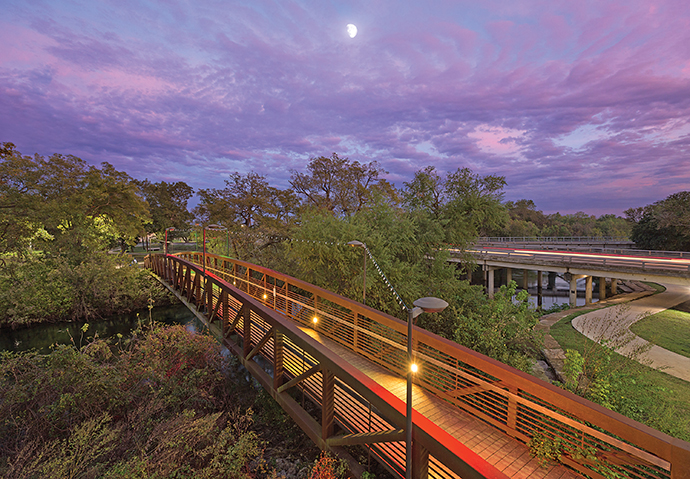John Thomaides has been mayor of San Marcos, Texas, for only a brief time, but the businessman’s love affair with the city started with the San Marcos River 25 years ago. He was working in Pennsylvania, but wanted to open his own shop and blaze his own trail. Naturally that cowboy-style thinking led him to Texas.
“I had a dear friend who had told me about this town San Marcos in the 1970s, when they were going to school. They used to jump off the bridge and swim in the San Marcos River. So I read about it. The average daily temperature is 68 degrees, which appealed to me, living up north. My wife and I came and visited. We went swimming in the river, we had lunch at Palmer’s — it’s still here — and I kid you not, within three months we’d sold our home up there and bought a new home here. It was love at first sight.”
That included his business perspective, as founder of Alpha Pure Water, a water treatment technology firm.
“The fact I could be in the seventh and 11th largest cities in the country within a half-hour then was spectacular,” he says. “In other places I lived, the client base stretched two hours away. Everything was a lot more compact for me, not to mention the ability to build a small business in a small but growing city, and grow right along with it.”
Critical Mass
Growth corridors are fine and dandy. But if you’re searching for the true sweet spot, it helps to find that corridor’s heart — the sort of place where you can take in a little oxygen even as the flow of commerce and industry keeps humming around you.
From all indications, the I-35 corridor between Austin and San Antonio, Texas, is surging like no other in the nation. And the community smack in the middle has no rival: Among cities with more than 50,000 people, San Marcos was ranked as the fastest growing city in America for three years in a row by the U.S. Census Bureau.
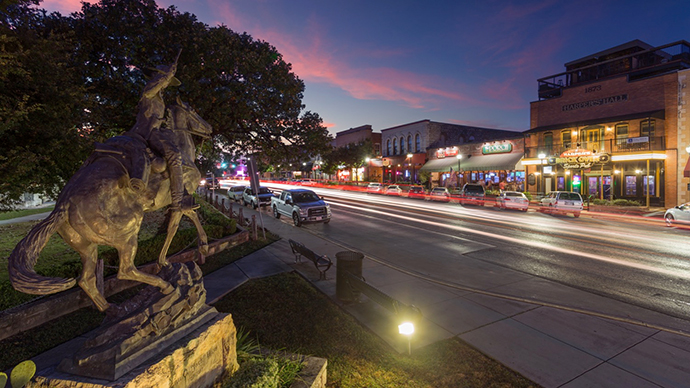
“Just last year Forbes named the corridor between Austin and San Antonio ‘America’s Next Great Metropolis,’ with our region at the center, due to our population and economic growth,” says Adriana Cruz, president of the Greater San Marcos Partnership (GSMP). “Hays County currently is the fastest growing county in America for counties above 100,000 in population, and the Austin MSA is ranked as the fastest growing metro. So this is an exciting time to be an economic developer in the most dynamic corridor in the country.”
It’s pretty exciting for the companies stoking that economy too.
In July 2017, Jason Otto was named president of Mensor, a division of Germany’s WIKA Group that makes pressure and temperature sensors for some organizations you might have heard of: NASA, SpaceX, and a host of automotive engineering firms and power plant operators. When he started there as a production engineer more than 20 years ago, he figured he’d just get his feet wet with a family-owned business before heading to the corporate grind. But he was immediately impressed by the roster of senior engineering experts at Mensor. Now he’s one of them.
“I never stopped learning, and I’m still here today,” he says. “One unique thing about Mensor is the longevity of employees.” The average tenure a few years ago was 18 years. It would be even higher today if the company weren’t growing so fast, having added about 40 people in the past four years. When it was time to expand, Otto’s team didn’t look far.
“We first studied where all of our employees lived,” Otto says of a study that stretched along the corridor from south of New Braunfels to north of San Marcos. As luck would have it, the property right next door came up for sale.
Game-Changer
Otto and fellow members of the San Marcos Manufacturers Association admit to some concerns about losing hourly workers or technicians when Amazon announced its big new 1,000-job, $191-million fulfillment facility in town, code-named “Project Endurance” by the Greater San Marcos Partnership team.
But it looks like other employers will endure just fine.
“We haven’t had any issues,” says Otto.
GSMP’s Cruz has been more than pleased by attracting such milestone projects as Best Buy’s only Texas e-commerce sales center and Fashion Glass & Mirror’s anchoring site along SH 130 in Lockhart, another booming city in the region currently undergoing its own downtown revitalization. But she calls Amazon’s arrival “the biggest game-changer for our region” in recent years.
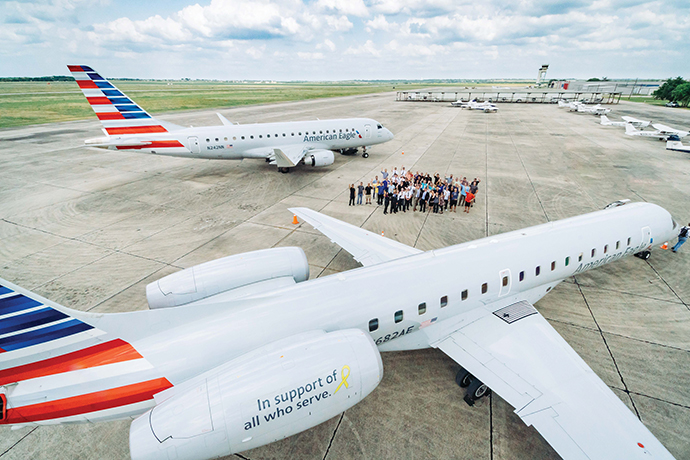
“Within five months of opening they had hired more than 3,000 permanent full-time positions,” she says. “To have a brand name global corporation establish a facility of this size and scope has really put our region on the map.”
Mayor Thomaides notes that the original agreement with Amazon only called for creating half that many jobs. The doubling of the planned workforce is a microcosm of how the city and region as a whole has grown. So it’s only natural that some city infrastructure needs to come directly to Amazon.
“We’re making their parking lot a bus stop now,” says Thomaides.
Sophisticated and Advanced
When it comes to talent acquisition, being equidistant from the bigger cities on either end of the corridor doesn’t hurt.
“You can pull from both,” says Mensor’s Otto, a resident of Kyle, the rapidly growing city with major employers such as Department of Defense contractor RSI, on San Marcos’ northern border. He says the biggest contributor to his workforce is Texas State University, which has added engineering disciplines and is growing rapidly, “getting more in line with a Texas A&M or University of Texas type of curriculum,” he says.
That same talent helps fill workforce needs at companies such as thermal controls firm Thermon, UTC Aerospace Systems and CFAN, a JV between GE Aviation and SNECMA of France that makes jet engine fan blades out of composites at a 270,000-sq.-ft. facility first located in town in 1989.
When Urban Mining Company announced in April 2017 it would locate a 100-job rare earth magnet manufacturing facility and headquarters in San Marcos, key factors were the central location, workforce availability, the presence of Texas State University’s Material Science, Engineering and Commercialization program, and available land to construct the facility.

“San Marcos and Hays County offered the skilled workforce and infrastructure we need to support a fast-growing operation like ours,” said Scott Dunn, the company’s CEO. “We are bringing advanced manufacturing jobs back to the U.S.”
Other high-tech manufacturers to invest in the area include EPIC Piping, which will create 350 jobs over 10 years at a redeveloped facility, and Corvac Composites, which is investing $3.6 million and creating 61 new jobs. The supplier of airflow management and water-deflection systems to OEM and Tier I manufacturers came to the area to serve Toyota (in San Antonio).
“We like the site. We like the workforce,” says Corvac CEO Jim Fitzell in an interview from his home office in Michigan. “The workers seem educated and loyal. We don’t have a lot of turnover, which surprises me in a place seeing so much growth.” So much growth that it’s contagious, and spreading a lot further than just to the next city south.
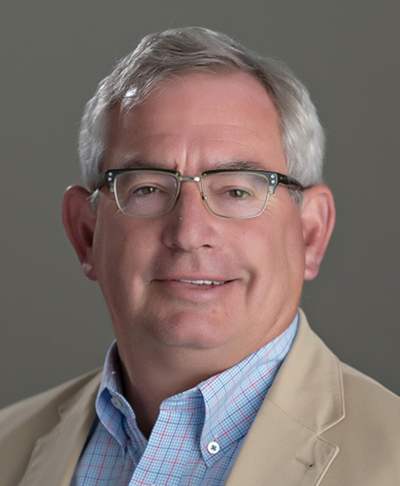
“We have since started supplying FCA in Saltillo [Mexico] from there,” says Fitzell.
“The other thing we really like about San Marcos is, depending on traffic, you’re 30 minutes from San Antonio and from Austin, so you have airports close.”
That’s not to say the San Marcos Regional Airport isn’t playing its own role. In January 2017, San Diego–based Coast Flight Training announced it would establish a second location for its airline flight-training program in San Marcos in order to train US military helicopter pilots who are transitioning to in-demand careers as civilian airline pilots for the nation’s top airlines. Takeoffs and landings already have tripled since the company ramped up operations.
Planning Ahead
Four years into her leadership of GSMP, Cruz now finds herself in the midst of leading the implementation of a five-year research-based strategy called Vision 2020. As the name implies, she says area leaders have kept their focus on tomorrow’s needs, particularly when it comes to infrastructure.
“In fact, Hays County alone has spent more than $500 million on roadway improvements over the past 10 years. The City of San Marcos, Hays County and Texas Department of Transportation jointly have funded and approved FM 110, a loop running east of Interstate 35 designed to help alleviate congestion on the ‘NAFTA Highway’ and to promote development east of IH35. The communities within our region have also secured water rights to handle growth for the next 100 years.”
“We’re literally buying the water now for our grandchildren’s grandchildren,” says Mayor Thomaides.
Challenges do exist. And business and government leaders are responding. You say there’s a need for quality housing? Today there are 9,000 living units under construction in the city today, part of a total of 12,000 incentivized by a new program based on public improvement districts and tax-increment financing. New developments include the active-adult-oriented (55-and-over) Kissing Tree, as well as the $475-million Trace community, La Cima, which features an 800-acre nature preserve, and 700-acre mixed-use development Plum Creek in Kyle.
“The secret’s out,” says the mayor. “We certainly are experiencing the issues that come with explosive growth, but one thing I’ll say about San Marcos is we’ve been incredibly proactive not just on the housing issue, but with infrastructure. We don’t bury our heads in the sand. We’ve learned lessons from Austin over the years.”
Concurrent planning and implementation by Texas State University only helps build the human infrastructure. In addition, says Cruz, “Austin Community College [ACC] in Kyle provides two-year certificate programs as well as customized training for area employer. ACC was the recipient of a $1.8-million training grant to provide a custom robotic-welding program for EPIC Piping. We are also home to the largest U.S. Department of Labor Job Corps facility in the country, Gary Job Corps, which provides vocational training for youth from across the country. This diverse workforce pipeline is a critical asset to our business case.”
Thinking Big
A pipeline of startups helps too. Does being just down the road from Austin, one of the most startup-friendly cities in the world, help the stars align for San Marcos when it comes to cultivating an entrepreneurial atmosphere?
“Those stars are certainly starting to align, and being in close proximity to Austin does help,” Cruz says, noting once again the role played by the university. “There is a very strong creative and innovative vibe here, and a lot of start-ups and entrepreneurs decide to try and start their businesses here due to our affordability.”
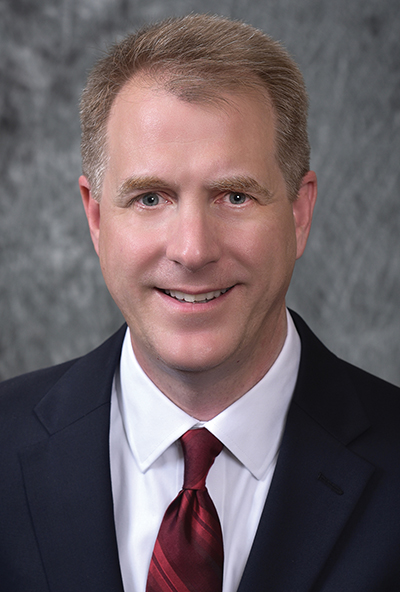
It’s easy to see a time when San Marcos, Austin and San Antonio simply are one mega-city.
“We see it happening every day,” says Cruz. “We’ve even coined a term — the ‘Centroplex,’ similar to the DFW ‘Metroplex.’ However, we don’t see our region as much a DFW as it is like the Bay Area or the corridor between San Francisco and San Jose. There, you have these communities along the 101 and 82 — San Mateo, Menlo Park, Palo Alto, Mountain View — and each community has their own industry, their major employers, their own culture. That’s what is happening here.”
So it’s only natural that yet another outgrowth will soon take place right next door to the university, where an innovation district is blossoming.
“We’re blessed because we have this vibrant downtown district that abuts the Texas State campus,” says Mayor Thomaides. Years ago the city’s leaders had the foresight to rezone about 75 acres of the neighborhood as a smart code district, meaning a form-based code system that essentially eliminated the process for certain permits. The district has a 98 Google Walk score and is home to a full-service location from beloved regional grocery chain HEB, one of whose owners lives in San Marcos.
“Seven years ago, we had 75 people there,” says Thomaides, “and next year 3,300 people will be living in that district.”
If San Marcos is the heart of the innovation corridor, its downtown may be the next place to pulse with smart new growth.
This Investment Profile was written under the auspices of the Greater San Marcos Partnership. For more information, visit www.greatersanmarcostx.com or call 512-393-3400.
